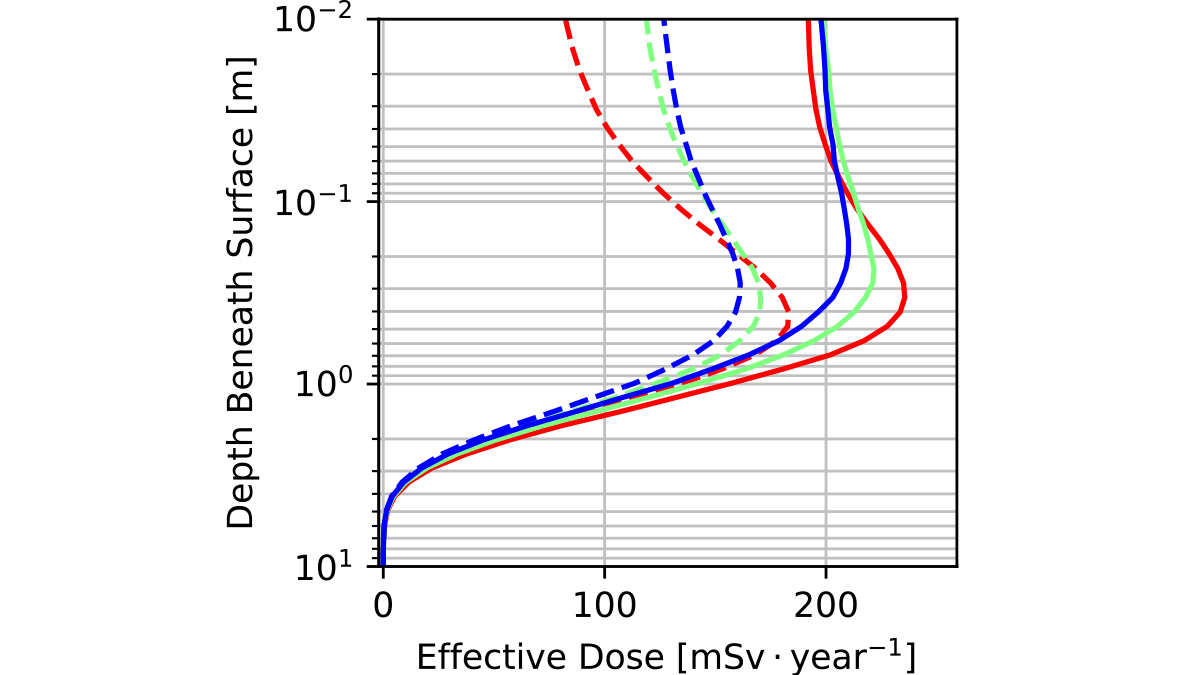New research suggests that to minimize radiation risk for human exploration of Mars, astronauts will need to dig deep for safety.

New research suggests that to minimize radiation risk for human exploration of Mars, astronauts will need to dig deep for safety.